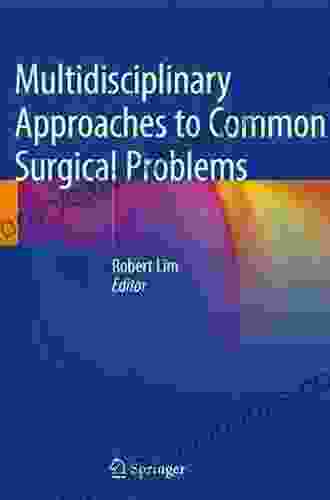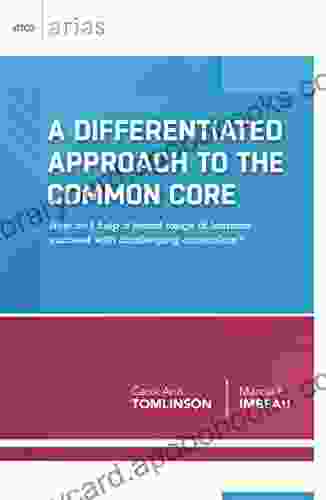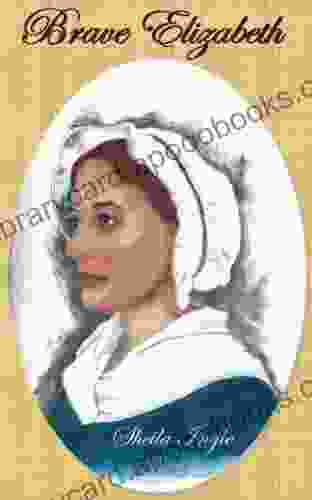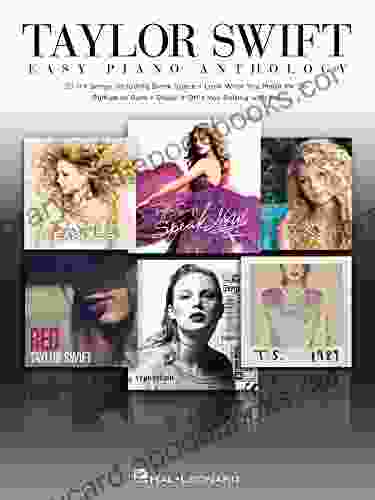Teaching Diverse Learners: Principles for Best Practice

In today's classrooms, educators are faced with the challenge of teaching students from a wide range of backgrounds and abilities. These students may come from different cultures, speak different languages, and have different learning styles. To meet the needs of all students, educators need to be equipped with the knowledge and skills to create inclusive learning environments.
Teaching Diverse Learners: Principles for Best Practice provides educators with the tools they need to do just that. This comprehensive guide covers a wide range of topics, including:
- Understanding the needs of diverse learners
- Developing effective instructional strategies
- Creating a positive classroom climate
- Assessing student learning
The first step to teaching diverse learners is to understand their needs. This means being aware of the different factors that can affect student learning, such as culture, language, and learning style.
4.2 out of 5
| Language | : | English |
| File size | : | 7608 KB |
| Text-to-Speech | : | Enabled |
| Screen Reader | : | Supported |
| Enhanced typesetting | : | Enabled |
| Word Wise | : | Enabled |
| Print length | : | 200 pages |
Culture can have a significant impact on how students learn. For example, students from cultures that value cooperation may be more likely to work well in groups, while students from cultures that value individualism may prefer to work independently. Educators need to be aware of the cultural backgrounds of their students and adjust their teaching strategies accordingly.
Language is another important factor to consider when teaching diverse learners. Students who are not native English speakers may need additional support to learn the language of instruction. Educators can provide this support by using clear and concise language, speaking slowly and deliberately, and providing visuals and other supports.
Learning style refers to the way that students learn best. Some students are visual learners, while others are auditory learners or kinesthetic learners. Educators need to be aware of the learning styles of their students and use a variety of teaching methods to meet their needs.
Once educators understand the needs of their diverse learners, they can begin to develop effective instructional strategies. These strategies should be based on the principles of differentiation, scaffolding, and engagement.
Differentiation means tailoring instruction to meet the individual needs of students. This can be done by varying the content, process, or product of instruction. For example, an educator might provide students with different texts to read, or they might allow students to choose different ways to demonstrate their learning.
Scaffolding means providing students with the support they need to succeed. This can be done by breaking down tasks into smaller steps, providing clear instructions, and offering feedback.
Engagement means keeping students actively involved in their learning. This can be done by using hands-on activities, incorporating technology, and providing opportunities for students to share their ideas.
A positive classroom climate is essential for student learning. Students need to feel safe, respected, and valued in Free Download to succeed. Educators can create a positive classroom climate by:
- Establishing clear rules and expectations
- Being fair and consistent
- Praising students for their efforts
- Creating a sense of community
Assessing student learning is an essential part of teaching. However, traditional assessment methods may not be appropriate for all students. For example, students who are not native English speakers may struggle with standardized tests. Educators need to use a variety of assessment methods to ensure that they are accurately assessing all students.
Some alternative assessment methods include:
- Portfolios
- Performance tasks
- Observations
- Self-assessment
Teaching diverse learners is a challenging but rewarding task. By understanding the needs of their students, developing effective instructional strategies, and creating a positive classroom climate, educators can help all students succeed.
Alt attributes for images:
- Teaching Diverse Learners: Principles for Best Practice book cover: A colorful book cover with the title "Teaching Diverse Learners" and the subtitle "Principles for Best Practice."
- Image of a diverse group of students: A group of students of different races, ethnicities, and abilities working together in a classroom.
- Image of a teacher working with a student with a disability: A teacher is working one-on-one with a student who has a disability.
- Image of a teacher using technology in the classroom: A teacher is using a tablet computer to teach a lesson to a class of students.
- Image of a teacher leading a group discussion: A teacher is leading a group discussion with a class of students.
4.2 out of 5
| Language | : | English |
| File size | : | 7608 KB |
| Text-to-Speech | : | Enabled |
| Screen Reader | : | Supported |
| Enhanced typesetting | : | Enabled |
| Word Wise | : | Enabled |
| Print length | : | 200 pages |
Do you want to contribute by writing guest posts on this blog?
Please contact us and send us a resume of previous articles that you have written.
 Book
Book Novel
Novel Page
Page Chapter
Chapter Text
Text Story
Story Genre
Genre Reader
Reader Library
Library Paperback
Paperback E-book
E-book Magazine
Magazine Newspaper
Newspaper Paragraph
Paragraph Sentence
Sentence Bookmark
Bookmark Shelf
Shelf Glossary
Glossary Bibliography
Bibliography Foreword
Foreword Preface
Preface Synopsis
Synopsis Annotation
Annotation Footnote
Footnote Manuscript
Manuscript Scroll
Scroll Codex
Codex Tome
Tome Bestseller
Bestseller Classics
Classics Library card
Library card Narrative
Narrative Biography
Biography Autobiography
Autobiography Memoir
Memoir Reference
Reference Encyclopedia
Encyclopedia America S Test Kitchen
America S Test Kitchen Amy Mullins
Amy Mullins Carolyn Hobbs
Carolyn Hobbs Amy B Zegart
Amy B Zegart Leslie Woollard
Leslie Woollard John L Rury
John L Rury Amirah Al Wassif
Amirah Al Wassif Aman Khan
Aman Khan Cheryl E Praeger
Cheryl E Praeger Aminatou Sow
Aminatou Sow Richard W Carney
Richard W Carney Amber Rain
Amber Rain Joe Dispenza
Joe Dispenza Colin Leys
Colin Leys American Quilt Study Group
American Quilt Study Group Darren Coxon
Darren Coxon Alyssa Wees
Alyssa Wees Amy Lou Jenkins
Amy Lou Jenkins Elizabeth Brooks
Elizabeth Brooks Anderson Reynolds
Anderson Reynolds
Light bulbAdvertise smarter! Our strategic ad space ensures maximum exposure. Reserve your spot today!

 Herman MelvilleMultidisciplinary Approaches to Common Surgical Problems: A Comprehensive...
Herman MelvilleMultidisciplinary Approaches to Common Surgical Problems: A Comprehensive...
 Heath PowellNo Schlock Just Rock: Greg Prato's Essential Guide to Classic Hard Rock and...
Heath PowellNo Schlock Just Rock: Greg Prato's Essential Guide to Classic Hard Rock and... William FaulknerFollow ·4.2k
William FaulknerFollow ·4.2k Junichiro TanizakiFollow ·14.7k
Junichiro TanizakiFollow ·14.7k Anthony BurgessFollow ·14.6k
Anthony BurgessFollow ·14.6k Felipe BlairFollow ·3.4k
Felipe BlairFollow ·3.4k Jan MitchellFollow ·18.9k
Jan MitchellFollow ·18.9k Cortez ReedFollow ·12.1k
Cortez ReedFollow ·12.1k Carl WalkerFollow ·2.9k
Carl WalkerFollow ·2.9k Chadwick PowellFollow ·12.5k
Chadwick PowellFollow ·12.5k

 Roald Dahl
Roald DahlImmerse Yourself in a Mesmerizing Tapestry of Creativity:...
Prepare to be captivated by "Spectra," an...

 Clarence Brooks
Clarence BrooksUnleash Your Inner Taylor with Red Piano Vocal Guitar:...
Embrace the Red Era...

 Jeffrey Hayes
Jeffrey HayesUnlock Your Child's Academic Potential: A Comprehensive...
In today's rapidly changing...

 William Golding
William GoldingBrave Elizabeth: A Captivating Tale of Resilience and...
Immerse Yourself in a Riveting Historical...

 Curtis Stewart
Curtis StewartUnveiling the Heartfelt Melodies of Taylor Swift: A...
Step into the enchanting world of Taylor...
4.2 out of 5
| Language | : | English |
| File size | : | 7608 KB |
| Text-to-Speech | : | Enabled |
| Screen Reader | : | Supported |
| Enhanced typesetting | : | Enabled |
| Word Wise | : | Enabled |
| Print length | : | 200 pages |










